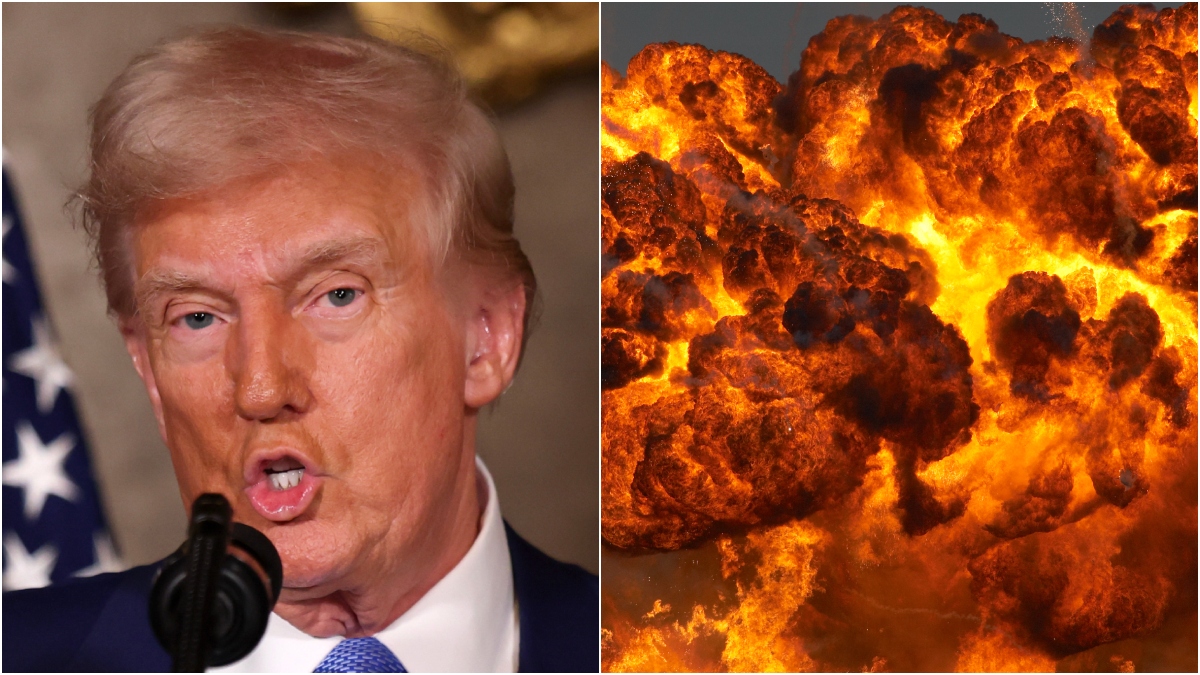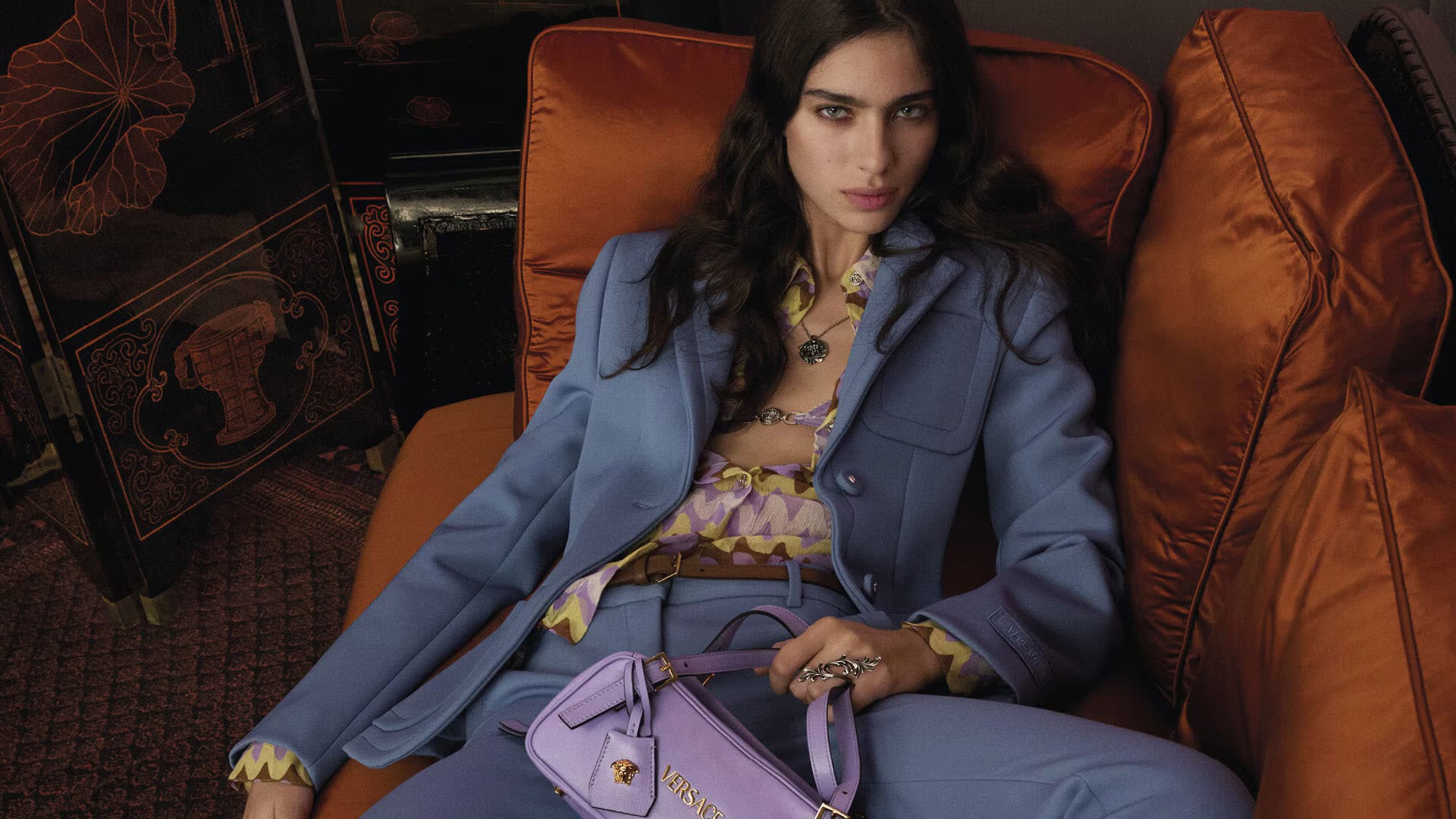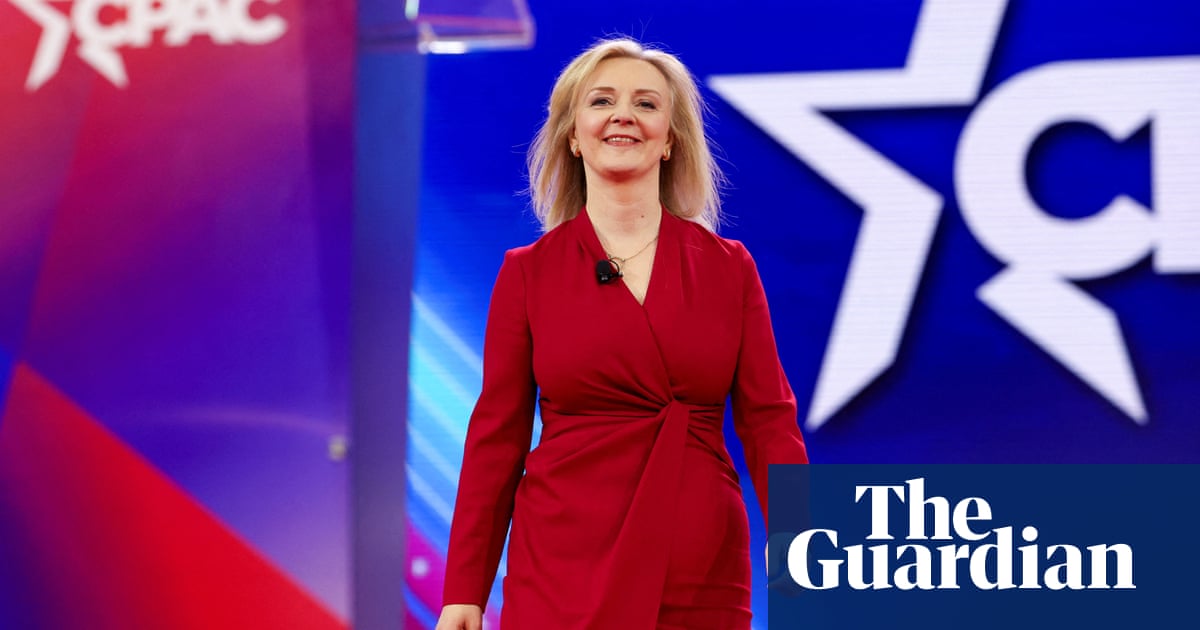GoSee – Creative Photography, Art and News Services

‘Deborah Turbeville: Photocollage‘ – a tribute to the innovative american fashion photographer at THE PHOTOGRAPHERS GALLERY in London
The exhibition “Deborah Turbeville: Photocollage” celebrates the impressive work of Deborah Turbeville (1932-2013), who transformed fashion photography into avant-garde art. She is recognized as a pioneer: a woman working in a male-dominated era.
In the 1970s, Turbeville developed a distinctive, dreamlike, and melancholic style characterized by enigmatic female figures, cloudy skies, wintry landscapes, and abandoned settings. She consciously distanced herself from the glamorous, polished aesthetic that dominated the fashion world at the time.
Curators Nathalie Herschdorfer, Director of Photo Elysée, and Karen McQuaid, Senior Curator at The Photographers’ Gallery, invite viewers to rediscover Turbeville’s extraordinary vision and her impact on the history of photography.
The exhibition showcases Turbeville’s groundbreaking photographic explorations, ranging from fashion images to her highly personal works. By bringing together unique pieces, it presents Turbeville’s personal artistic universe, which is credited with transforming fashion imagery into avant-garde art.
The American artist experimented with the development process, from the darkroom to the studio table. She ripped, cut, and crumpled her photographs, manipulating, pinning, and gluing them together to create unique hybrid objects. “Deborah Turbeville: Photocollage” offers a renewed appreciation for Turbeville’s groundbreaking contributions to the history of photography, according to the London gallery.
“Fashion takes itself more seriously than I do. I’m not really a fashion photographer.” – Deborah Turbeville in The New Yorker
One of her most iconic works is the “Bathhouse” series for Vogue from 1975, featuring models posed in a dilapidated bathhouse. These images convey vulnerability, decay, and isolation, standing in stark contrast to the glossy fashion photography of the time. Although controversial, the series exemplifies Turbeville’s atmospheric aesthetic—soft focus, grainy textures, and muted tones. She often distressed her photographs to give them an aged appearance, blurring the lines between fashion photography and fine art.
Turbeville’s work rejected the conventions of the fashion industry’s ideals, exploring themes of memory, loss, and feminine vulnerability instead. Her approach contrasted sharply with contemporaries like Helmut Newton and Guy Bourdin, whose images often celebrated female sensuality. In contrast, Turbeville’s subjects appeared introspective and distant, encouraging viewers to engage with them on a deeper emotional level.
The exhibition “Deborah Turbeville: Photocollage” is organized by The Photographers’ Gallery in collaboration with Photo Elysée and the MUUS Collection. A book accompanying the exhibition features texts by Vince Aletti, Felix Hoffmann, and Anna Tellgren, as well as an insightful interview with Carla Sozzani, whose commissions for Vogue Italia played a key role in Turbeville’s career. This book highlights how Turbeville redefined fashion photography, moving away from the sexual provocations and stereotypes often associated with male photographers. Instead, she developed a contemporary image of femininity based on her own visions and sensibilities.
09 Oct 2024 – 23 Feb 2025
Deborah Turbeville: Photocollage
thephotographersgallery.org.uk
Related
Trudeau says Canada will issue 25% tariffs on $155B of…
'The Bottom Line' panelists Lee Carter and Liz Peek give their take on President Donald Trump confirming the 25% tariffs. Canadian Prime Minister Justin T
Cartel Violence Kills American Citizen In Brutal Fashion. Will Trump…
PublishedFebruary 25, 2025 4:34 PM EST|UpdatedFebruary 25, 2025 4:35 PM ESTFacebookTwitterEmailCopy LinkAn American citizen is dead after a cartel-linked bombin
Luxury Briefing: Tapestry, Capri and the American fashion portfolio shakeup
In this week’s Luxury Briefing: The fallout from the failed Tapestry-Capri merger continues, with Tapestry selling Stuart Weitzman and Capri reportedly eyeing
Liz Truss tells CPAC UK is ‘failing’ and needs Maga-style…
Liz Truss, the former British prime minister, told a rightwing conference in the US that her country was “failing” and needed a Donald Trump-style “Maga�













